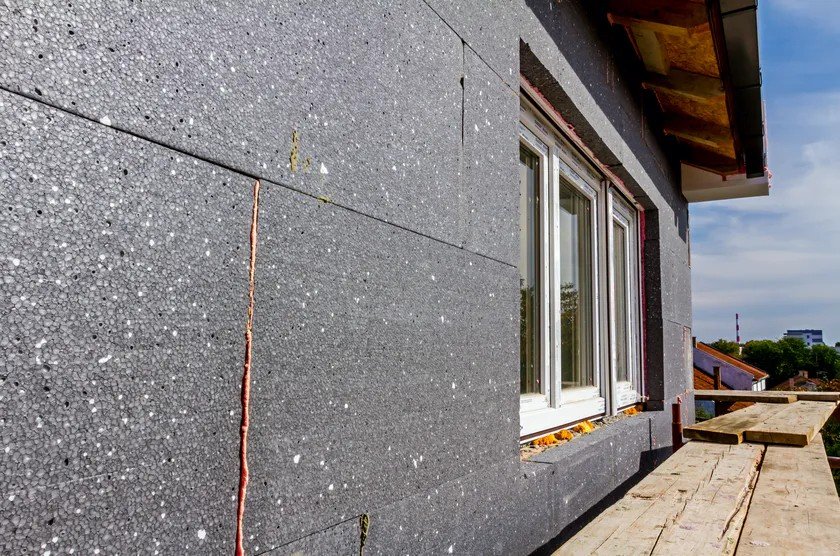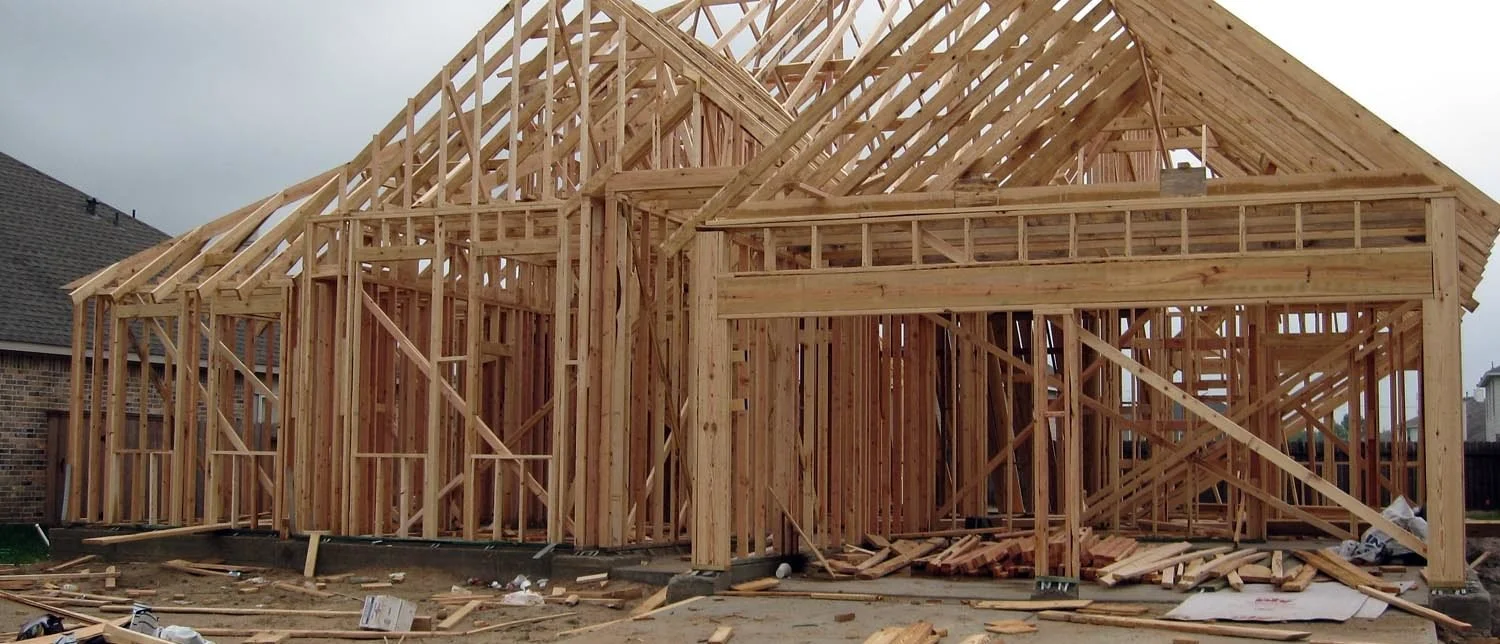CMU Masonry vs. Wood Framing: Why the U.S. Prefers One—but Shouldn’t Overlook the Other
In the American construction landscape, two primary systems dominate the conversation for low- to mid-rise buildings: wood framing and concrete masonry unit (CMU) construction. While timber-framed structures remain the default choice for residential buildings across the U.S., CMU—or cinder block—construction plays a vital, though more niche, role in the broader building ecosystem. The reasons behind these preferences are deeply rooted in historical, environmental, and economic factors, but evolving needs and regional conditions are prompting a re-evaluation of both methods.
The Historical and Economic Edge of Wood Framing
Wood framing has long been the go-to construction method in the United States, especially for single-family homes. This preference stems largely from the historical abundance of timber resources in North America. Readily available lumber made wood not only an economical choice, but also a material that supported faster construction methods and required less specialized labor.
In an era when labor costs were a major limiting factor, the simplicity and speed of wood framing made it particularly attractive. Even today, the widespread availability of skilled carpenters and prefabricated wood components keeps costs low and timelines short for wood-framed buildings.
Moreover, wood construction has traditionally enjoyed more favorable treatment under regional building codes, especially in seismic zones. In areas prone to earthquakes, well-designed timber structures are often more flexible and resilient than traditional masonry, giving them a safety advantage that cannot be overlooked.
CMU: Stronger, Safer—and Often Misunderstood
Despite its relatively limited use in U.S. residential construction, CMU remains a robust and highly valued option in several key applications:
Commercial and Industrial Buildings: CMUs are widely used in commercial settings where durability, fire resistance, and sound insulation are priorities.
Basements and Foundations: Their compressive strength and moisture resistance make CMUs ideal for below-grade applications.
Hurricane-Prone Regions: In areas like Florida or the Gulf Coast, CMU homes are favored for their ability to resist high winds, flying debris, and even wildfires.
Mid-Rise Construction: Combined with steel and reinforced concrete, CMUs are an essential component in mid-rise structures across urban landscapes.
Yet CMU construction often faces hesitancy in the residential market due to some prevailing misconceptions—many of which deserve re-examination.
Earthquakes vs. Hurricanes: A Regional Perspective
One of the most frequently cited reasons for avoiding masonry construction is earthquake performance. Masonry buildings, when not properly reinforced, can be brittle and prone to failure in seismic events. This concern is reflected in building codes across California and other quake-prone states, where lightweight and flexible wood structures are generally favored.
However, what CMU lacks in seismic flexibility, it more than makes up for in wind and fire resistance. In hurricane-prone areas, CMU homes are often significantly more resilient than their wood-framed counterparts. CMUs can be reinforced with rebar and grout, giving them the strength to withstand extreme pressures from storm surges and high-speed winds. Additionally, being non-combustible, they provide a critical advantage in fire-prone regions—a benefit that is becoming increasingly relevant as wildfires intensify across the western U.S.
Debunking the “Cold Concrete House” Myth
One common misconception about CMU homes is that they are cold, uncomfortable, or poorly insulated. While uninsulated masonry structures may perform poorly in extreme climates, this is not representative of modern CMU construction.
In fact, throughout Central and Eastern Europe—where winters are harsher than most parts of the U.S.—homes built with CMUs are standard. These buildings are often insulated externally using high-performance materials like XPS foam, mineral wool, aerogels, or even sustainable alternatives like hempcrete and wood fiberboard. With proper insulation, masonry homes can be energy-efficient, warm in the winter, and cool in the summer. Many passive houses—among the most energy-efficient buildings in the world—are built entirely using insulated masonry systems.
Longevity, Maintenance, and Long-Term Costs
While CMU construction carries a higher initial cost due to materials and skilled labor, it often proves more cost-effective over the building’s lifetime. CMUs are inherently resistant to rot, termites, and fire—all of which pose major risks to wood structures. This results in significantly lower maintenance and repair costs.
Wood-framed homes, by contrast, can require ongoing upkeep due to their vulnerability to moisture, insects, and decay. Termite infestations alone cost homeowners billions of dollars each year. Fire safety is another critical concern—wood is combustible and can contribute fuel to a spreading fire, whereas CMUs can contain and slow flame propagation.
Final Thoughts: Choosing the Right System for the Right Context
The dominance of wood framing in U.S. residential construction is no accident—it’s affordable, familiar, and well-supported by infrastructure and labor. But that doesn’t mean it’s always the best choice.
CMU construction offers compelling advantages in terms of durability, safety, and long-term performance, especially in regions facing hurricanes, wildfires, or termites. As climate challenges intensify and construction standards evolve, the demand for resilient and low-maintenance structures is likely to grow.
For architects, developers, and homeowners alike, understanding the strengths and trade-offs of each system is essential. While wood framing continues to define much of the American housing landscape, CMU construction is a durable, future-ready alternative that deserves more serious consideration.
Masonry walls can be constructed not only from traditional concrete masonry units (CMUs), but also from a variety of alternative materials such as silicate blocks, autoclaved aerated concrete (AAC) blocks, insulated concrete forms (ICFs), and even more technologically advanced options like perlite blocks. These materials offer a range of performance characteristics in terms of thermal insulation, structural capacity, and environmental impact. You can read more alternatives in my other post.
Here are five of the top-rated masonry / CMU contractors across the U.S., known for excellence in block and masonry construction:
1. Western Specialty Contractors
With over $112 million in annual revenue, Western Specialty Contractors is a third-generation, family-owned firm serving nationwide from St. Louis. They excel in CMU, facade restoration, concrete repair, waterproofing, and large-scale masonry projects. Reddit+14siteline.com+14Reddit+14
Headquartered in Phoenix, AZ, this award-winning company (revenue ~$89M) handles block, brick, architectural precast, and tilt panel CMU work—including high-performance commercial and institutional projects. homeimprovementnewsjournal.com+2siteline.com+2levelset.com+2
3. Northland Concrete & Masonry Co. LLC
Based in Shakopee, MN, Northland generates ~$86M annually and is known for meticulous planning, estimating, and high-quality CMU/block work across commercial and residential builds. siteline.com
Operating from Utah, IMS is ranked among the top US masonry contractors, installing over 1 million feet of structural and architectural block annually. They emphasize safety and technical craftsmanship. bestblock.com+6siteline.com+6levelset.com+6
Family-run and based in St. Louis, MO, this top-10 firm delivers CMU and masonry services across the Midwest with a reputation for combining boutique-level craftsmanship and large-scale capability. siteline.comlevelset.com
Ready to build a strong, sustainable future with CMU blocks?
From energy-efficient wall designs to fire-resistant and soundproof solutions, CMU offers durability and versatility for modern living. Let us help you turn your vision into reality with expert architectural design tailored to your needs—contact us today to get started!
author: Joanna Maria Daoud






